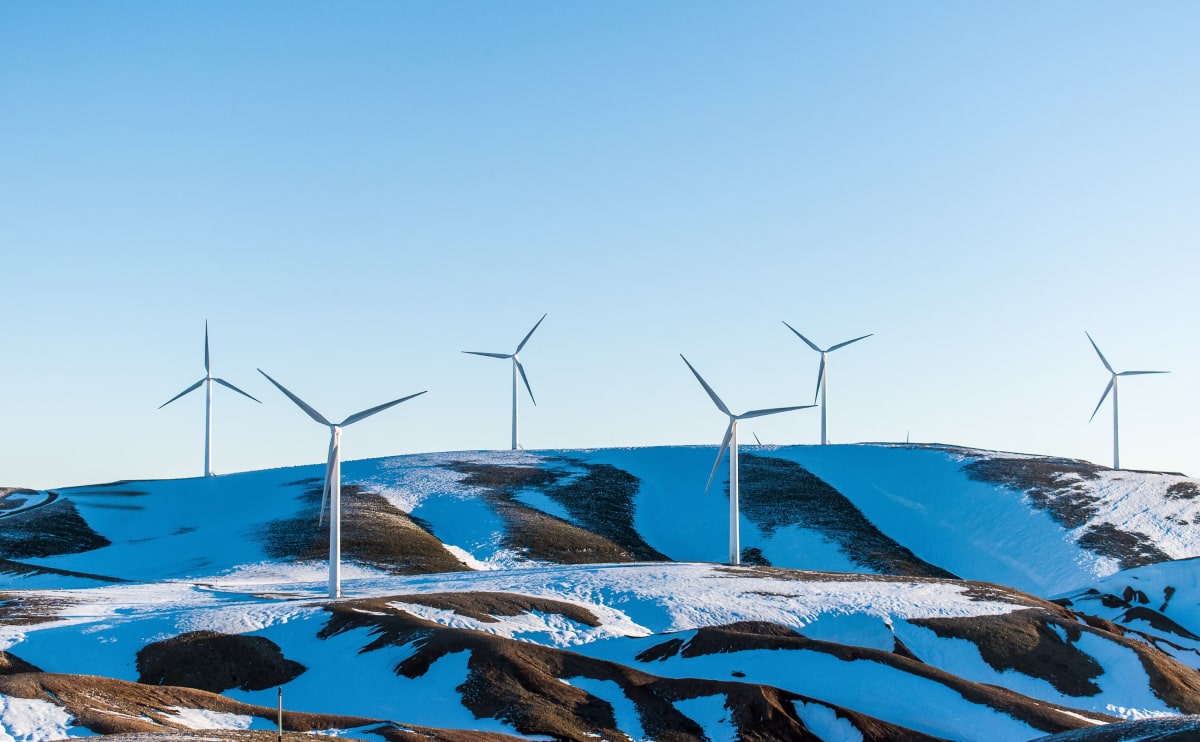Blog
What will happen after China completes industrial upgrading

The flow of mid- to low-end manufacturing (not necessarily labor-intensive) in the world generally goes from Europe and the US to the Four Asian Tigers, then to China, and in the future, to Southeast Asia and India. The outflow of manufacturing from Europe and the US is mainly due to profit margins and the inability of their industrial populations to sustain it.
The problem is, China is not a Europe with a few hundred million people, nor is it a “Four Tigers” with tens of millions. It is a Leviathan with 1.4 billion people. Only a global hegemon like the US can suppress such a behemoth. China’s massive industrial workforce is enough to consume the mid- to low-end industries entirely. If China continues to take a share of the high-end market in the future, it is natural for low-end industries to transfer out (which is already happening).
Once this giant completes its industrial upgrade, it will essentially “close the door” on new competition. At that point, in every high-end industry you can think of—chips, automobiles, aircraft—there will be a crowd of Chinese companies entrenched in the market, using massive production capacity and competitive pricing to battle the old industrial powers. Imagine when Southeast Asia, India, and other countries are no longer satisfied with low-end products and want to venture into chips, cars, and planes. Sorry, but in every direction you look, there will be a slew of companies from China, the US, and Europe holding the market tightly.
Can these latecomer countries compete on technology or market share? China’s low costs are not solely due to cheap labor and low welfare. It is also due to the vast industrial workforce and the enormous pool of engineers (QAQ) that can gather the entire upstream and downstream, front-end, and back-end of a product together, like a giant beehive.
Global procurement brings global logistics, and this clustered beehive-style production, combined with global output, results in faster product iterations and lower production costs. Open the door! Let’s all engage in free trade!
